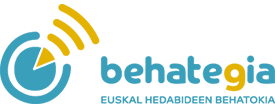The Communication Group of the Urola (UKT) is born from the union of efforts of six local media in Basque who have worked in Urola Kosta (Gipuzkoa) since the 1990s. All resources have been made available to the Cooperative and organized into a single working group so that the new structure takes responsibility for developing communication projects. Orio and Aia "Karkara", "Baleike" de Zumaia, "Uztarria" de Azpeitia, "Maxixatzen" de Azkoitia and "Urola Kostako Hitza" and "Erlo Telebista" are the six media that the UKT has created. Karkara, Baleike, Uztarria and Maxixatz are associations created at the local level that have local magazines and web pages, while "Urola Kostako Hitza" is a regional newspaper created between EKT Euskarazko Komunikazio Taldea and several communication media of the region, and "Erlo Telebista" is a canal created from All these media are currently integrated into UKT.
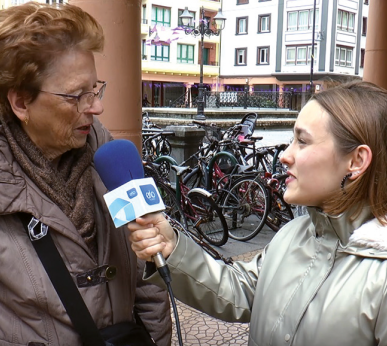
Background
The six media cited, like most local media, have developed a long and prolific trajectory of a quarter century. These media, structured in Basque or in cultural associations, have managed to prevail in the field of local information, with modest work teams, but with reliable networks of collaborators, gaining in large part the space that the local editions of the media in Spanish had. But time is not wasted, the media world has evolved a lot in recent decades, and it has become increasingly difficult to maintain the journals of peoples as the vicious circle of modernity.
That is why, after a long solo journey, there is a need for cooperation since 2000. By then it was no longer enough to publish a paper journal once or twice a month, despite its wide dissemination and appreciation for the people. In 2004, Urola Kostako Hitza, with newspaper format and frequency, was born in order to cover this deficiency. The creation of the newspaper did not mean, however, the disappearance of the magazines of the peoples, which were then considered complementary.
The arrival of the Internet to the local media coincided with the creation of the paper newspaper, which would revolutionize the entire previous dynamic. Local media structures were able to publish a monthly journal, but the Internet broke all forms of production and consumption of information. In the digital age, new capabilities were needed to act successfully. The media world was becoming much more complex, the 1990 approaches were outdated and, if progress was made, they were becoming aware of the need for a new model in local media. We had to join forces.
The first serious attempt to unify Urola Kosta media was made in 2011. The sector itself was being organised — Hekimen and Tokikom were set up — and, because of the need and the winds of collaboration, we began to consider meeting in Urola Kosta as well. The work of the months did not succeed, but then left us with a series of very useful lessons: other experiences can be inspiring, but each one has to work his own model; trust, generosity and courage are essential elements; if the process is guided by an external consultant or a ‘neutral’ figure, to avoid suspicions, draw contradictions, help solve the knots, have an objective look.
Thanks to this process we had the opportunity to get to know each other better, it was not possible to unify, but from this friction arose bilateral cooperation agreements in various areas: journalism, management, advertising sales, etc.
In five or six years, this new dynamic of collaboration led us, almost inevitably, to retable the opportunity to unify.
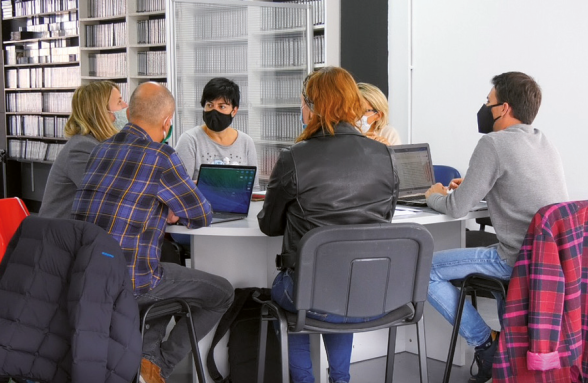
Why add
The reasons that led us to this first effort in 2011 remained valid. The diagnosis was the same: local structures are too weak to respond alone to the effort required by current journalism; new technologies have revolutionized the forms of information consumption and it is virtually impossible for digitisation processes to be carried out individually; audiovisual media are being imposed and each of us individually does not have the capacity to address this challenge; we have many management deficiencies due to lack of professionalization; the economic viability of the media is in danger. The hakes of the small, in short, in front of the wave that follows us.
And, being aware that through cooperation we made great strides in journalism and in management, we knew that convergence was the destination of that path initiated. It was a question of reaching a consensus on the basis on which that convergence would be achieved.
Process
We learned from the experience of 2011 that in our model we should prioritize structuring, rather than unification of products or concentration under a single brand, that is, we should take all the resources and put them all in the hands of a single structure, convinced that if we manage this joint force well we will be able to overcome a series of barriers that seem insurmountable individually. At the heart of the task, on the other hand, there would be local information, from town to town and in Basque; in short, a stronger structure would have to be created so that our citizens and the Basque country have the media they deserve.
Unlike the 2011 effort, an external consultant led the process. First we share the fears, concerns and doubts of the members of each organization, but also the expectations, expectations, opportunities, etc. We gradually defined the functions of this unique structure, what we could do in the journalistic sphere, what in management, in marketing, how we could respond to individual disabilities from a single work team, and at the same time as the project was outlined, we started to put it into practice. Thus, we concluded that the journalistic work would be made more profit through the joint organization of the work, so we worked together to centralize the management or marketing strategies. Our method was to activate the theory and practice before the constitution of the cooperative.
This dynamic allowed us to test what it was like to work together and what possibilities open us. In short, practice naturally brought us together.
Result: OCT
The scriptures of the Communication Group of the Urola were signed at the notary of Zumaia on May 21, 2019. The new structure was characterized by being a non-profit cooperative, on the one hand, because it was the one that best responded to the continuity of the urban activity initiated by cultural associations and the Basque one among its creators, and on the other, by the permanent involvement of workers in the local media.
We agreed that 60 per cent of the cooperative would belong to the six founding entities (10 per cent each), 30 per cent to workers and the remaining 10 per cent to other collaborating partners, to divide ownership and no one was overweight in decision-making. As regards the seat, the GAL has its official address in Azpeitia, but also has offices in Zarautz, Orio, Zumaia and Azkoitia.
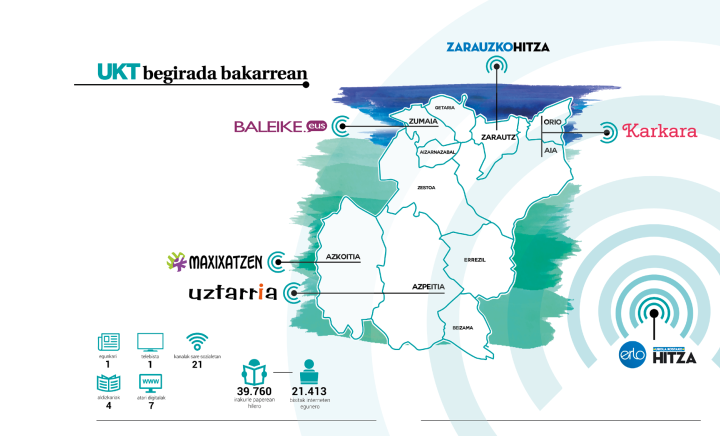
Once the cooperative was established, one of the first works was the progressive transition of workers and all the activity of the source media to the cooperative. The transition was made by 31 December 2019 and the 2020 exercise was the first year in which all the activity has focused since the GAL.
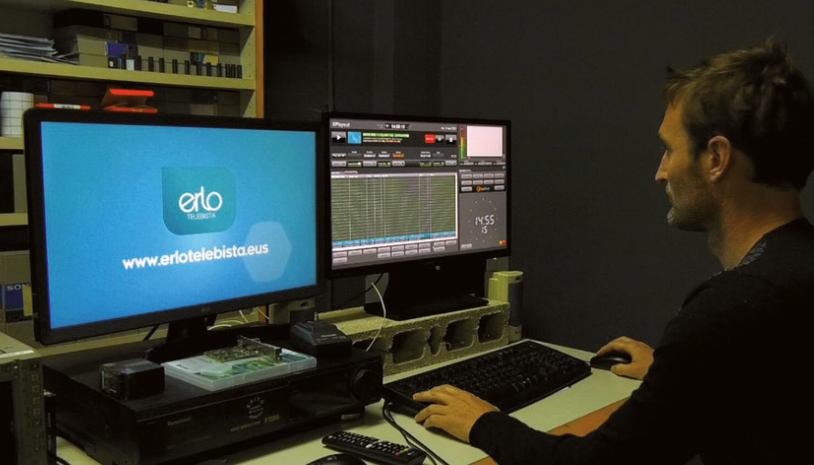
First steps
Unifying six media with years of progress is a complex task that requires a lot of effort, patience and time. Habits, ways of doing, work dynamics, products, tools, working conditions, approaches… There are many hil-morros that have to be stitched well, and that is what the work of our early years is: building a house with six houses. The most important and complex of all tasks is the formation of a single task force. Each with its past, dispersed in five offices and, if not little, by the pandemic many days working from home… We have had to make a great effort to standardize the progressive forms of work of all, and to work this collective character.
Currently the GAL has a team of 33 people, organized in three branches: writing team, marketing team and management team. The drafting team consists of 20 persons coordinated by three directors (paper, Internet and audiovisual) and five lead editors (one per office). This working group is currently responsible for the production of a journal and paper journal for four months, six websites and a television. Therefore, UKT is a multimedia group.
Coinciding with the organization of the house, in 2019 we began with two main objectives: to improve the working conditions of the workers and to improve the products we had at hand. In addition to making the shortened days complete, wages increased by around 20% and the first GAL labor agreement was elaborated and agreed among all workers. As for the products, we have standardized the work tools, which has allowed us to renew and improve the magazines, considerably increase television production and renew and strengthen the websites.
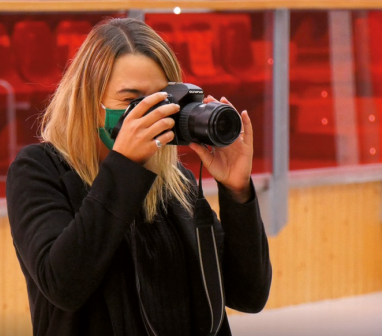
Challenges
In addition to the current challenges of all media (business model, digitalisation, journalistic value…), the GAL keeps on the table several works corresponding to a newly created entity. Those relating to the organization of the working group are important, but others are the most powerful nodes: looking to the future with the cooperative"s glasses, not limited to the local, having the determination to renew the information offer to better respond to the demands of the current citizenship, reinforcing the image of the common project, or proposing new accession formulas for the project to be viable.
At this time of the presentation of the Communication Group of the European Parliament, we have endeavoured, above all, to explain in its context what has led us to unite. We wanted to share what we"ve learned along the way if someone helps. At the beginning of the convergence processes there is always a temptation to underline what separates us, we have looked at what unites us, from diversity, but from the conviction that it is worth it.
